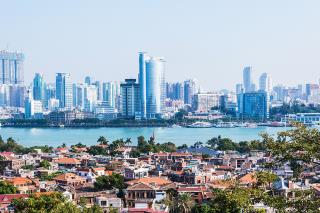Following two consecutive years of cement market contraction, Turkey began 2020 on a more hopeful note with first-quarter production, demand and exports ahead. However, the COVID-19 pandemic has provided a setback that the cement sector is looking to overcome through its strong export base and new construction projects. By Dr Tamer Saka, Turkish Cement Manufacturers’ Association (TÇMB), Turkey.
Turkey entered 2019 on the back of a currency exchange crisis that started in August 2018 and partially continued over the following months. In 2018 the country’s currency, the lira, hit record lows, which resulted in a hike in inflation and interest rates in the final quarter, causing the economy to shrink. Lower economic confidence further compounded the situation.
Despite expansionary public fiscal policies, an increase in the exchange rate, high inflation, higher interest rates and worsening economic sentiment prevented an increase in real income. As a result, domestic demand also declined and, despite the increase in exchange rates, it was not possible to adequately substitute this with foreign demand. The exchange rate shock experienced in 2018 has turned into a social crisis.
